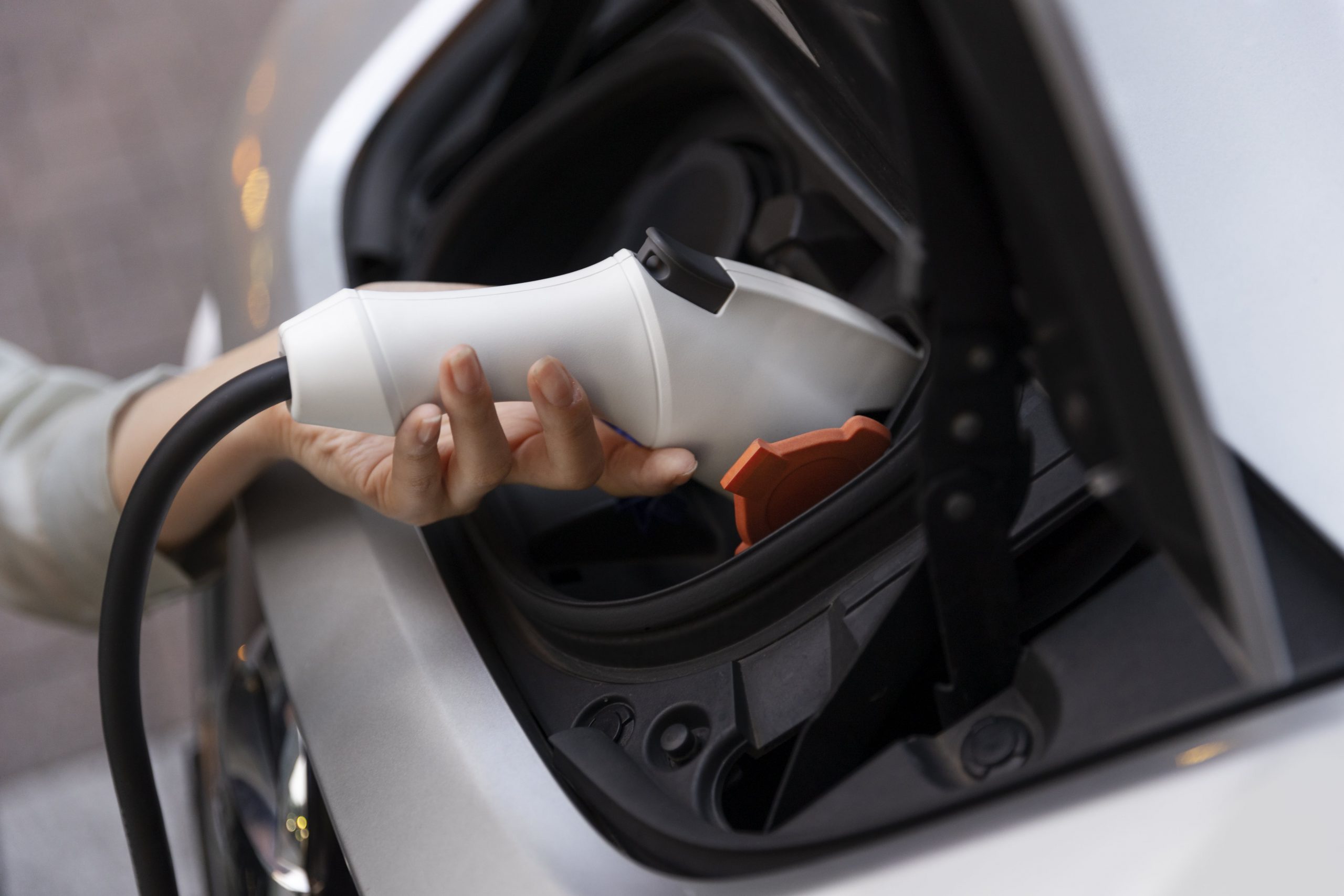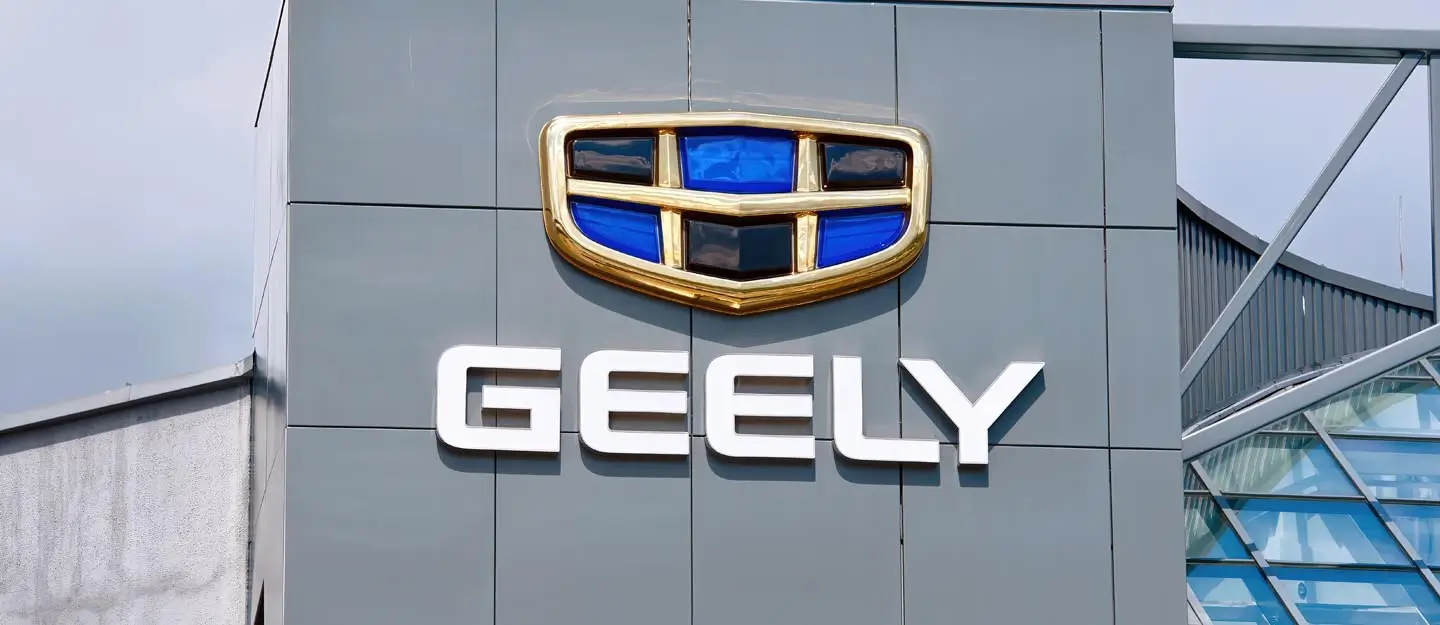Why Are Electric Vehicle Batteries So Expensive? (PDF)
Electric vehicles (EVs) have gained immense popularity for their eco-friendly advantages, but the high cost of rechargeable lithium-ion batteries remains a topic of concern. In this blog post, we will delve into the reasons behind the expensive price tags and explore ongoing efforts to reduce costs while ensuring safety and performance. Let’s demystify the complexities of EV battery production and understand why they are costly, yet witnessing price reductions over time.

The Costly Impact of Raw Materials on EV Batteries
The primary reason for the high cost of EV batteries lies in the raw materials used during their production. Key metals like nickel, cobalt, lithium, and manganese, known for their energy-storing properties, significantly contribute to the overall price. While EV batteries share similarities with those in laptops and mobile phones, they require larger quantities of these materials to deliver sufficient power, intensifying their cost.
Cathodes play a crucial role in creating efficient energy storage cells and also happen to be the most expensive component of an EV battery. To enhance energy capacity, cathodes demand costly materials like cobalt, lithium, and manganese, leading to a substantial increase in production costs and, subsequently, higher selling prices.
A Glimmer of Hope
As the popularity of EVs grows, so does the urgency to overcome the price barriers associated with battery technology. Manufacturers and researchers are actively exploring innovative methods to enhance battery production efficiency, simplify manufacturing processes, and find cost-effective alternatives to raw materials.
Exploring Alternatives to Reduce Costs
Despite the current expense, the EV industry is actively seeking ways to reduce costs in the future. Manufacturers are diligently exploring alternatives to expensive materials. For instance, nickel emerges as a promising substitute for cobalt due to its affordability and higher energy-holding capabilities. Ongoing innovations within the industry open doors to more cost-effective EV batteries in the long run.
The Journey to Affordable EV Batteries
The journey to affordable electric vehicle (EV) batteries has been a crucial undertaking in the pursuit of sustainable and eco-friendly transportation solutions. As the demand for EVs continues to grow, so does the importance of reducing the cost barriers associated with their batteries. Manufacturers and researchers are working tirelessly to explore innovative ways to optimize battery production, streamline manufacturing processes, and seek alternative materials that can lower the overall cost without compromising safety and performance.
Simplification and Advancements
While the complexity of material requirements contributes to the initial expense of EV batteries, manufacturers are striving to simplify battery pack designs. Streamlining the production process and making technological advancements pave the way for potential long-term price reductions. As with any emerging technology, the high costs associated with research and development gradually decrease with widespread adoption. EV battery technology is no exception, and as market demand grows, economies of scale will make production more efficient, ultimately driving down costs.
Embracing the Future
As we face global challenges, the call to adapt to new technologies, eco-conscious practices, and progressive ideals becomes more urgent. It reflects a collective commitment to envisioning a brighter tomorrow, where cutting-edge advancements propel us toward a greener and more connected world.
Anticipating Lower Battery Prices
Ongoing innovations and breakthroughs in battery chemistry and engineering hold the promise of significant cost-saving solutions. The continuous maturation of the EV industry leads us to expect a downward trend in battery prices, making electric vehicles more accessible to a broader consumer base.
Budget-Friendly Option
In various contexts, a budget-friendly option may involve choosing products, services, or solutions that are economically viable and align with one’s financial constraints. It represents the ability to make wise and financially responsible decisions without sacrificing essential features or benefits.
Trusted Hybrid Battery Replacements
For current EV owners concerned about battery replacement costs, affordable solutions are available. Bumblebee Batteries offers a range of cost-effective hybrid battery options, including BeeMax, our new hybrid batteries, and BeeLine, composed of working cells from old batteries. These reliable alternatives ensure quality and performance without compromising on affordability. Additionally, Bumblebee Batteries provides top-of-the-line mobile installation services, simplifying the process for EV owners.
The Path Ahead for Electric Car Batteries
While the cost of electric vehicle batteries is a legitimate concern, it primarily stems from the use of expensive raw materials and intricate production processes. Nevertheless, with continued innovation and market expansion, we can expect prices to decrease, making electric vehicles more accessible and contributing to a greener, sustainable future. By choosing trusted providers offering budget-friendly battery solutions, environmentally-conscious consumers can embrace the transition to EVs with confidence.
For comprehensive insights and updates on Electric Vehicle (EV) cars, we invite you to explore our blog, featuring weekly posts covering various aspects of EV technology and the latest advancements in the industry. Stay informed and empowered with our expertly curated content designed to enhance your understanding of the EV landscape. Visit our blog and embark on a journey of knowledge and innovation in the world of sustainable transportation.




